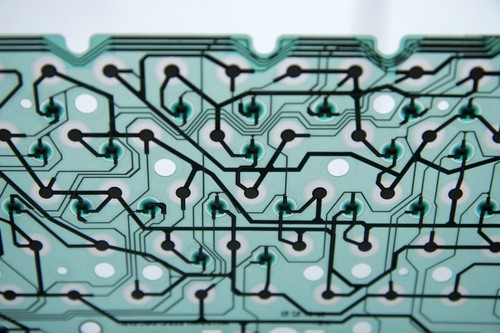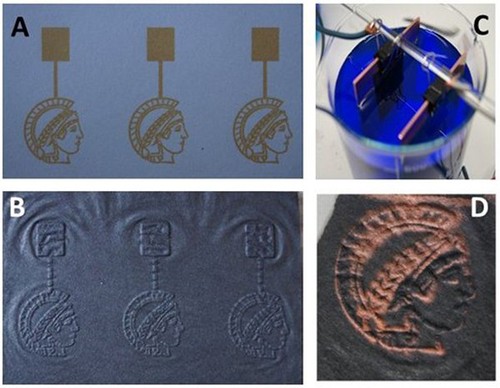Researchers Succeeded In Creating Graphite From Cellulose

The team at Germany’s Max Planck Institute has developed a new method for selectively changing paper itself into conductive graphite. These paper circuits can resist the high temperatures used in the production of electronics (unlike polymer-based flexible circuits). Scientists print their target designs onto ordinary paper using an ordinary inkjet printer loaded with a cartridge of an iron nitrate catalyst; when the paper is heated to 800°C (1,472°F) in an oxygen-free environment, the catalyst changes the composition of the paper’s cellulose fibers into pure conductive graphite, while the unprinted paper remains unchanged. The resulting “carbon electronics” was selectively conductive by electroplating the paper with copper; only the printed design became copper-coated. They also showed how to make a 3D conductive structure by exposing an origami paper crane to the same catalytic process.
Via:gizmag.com


| Tweet |











